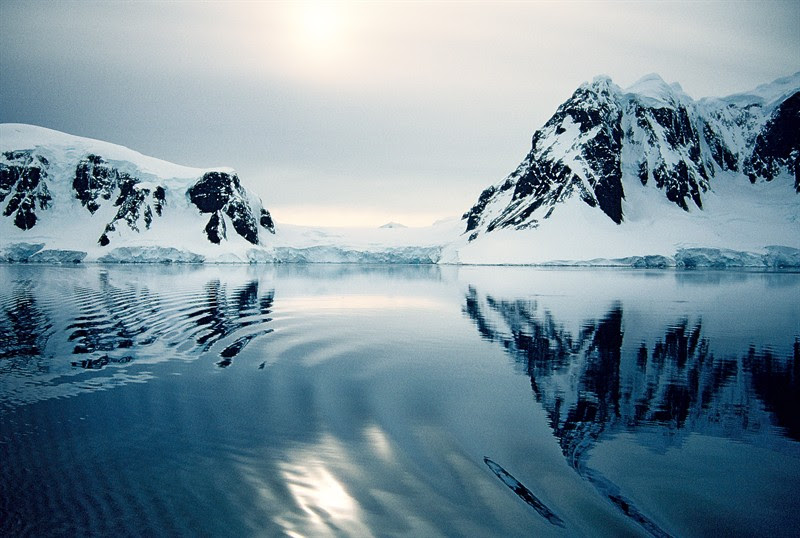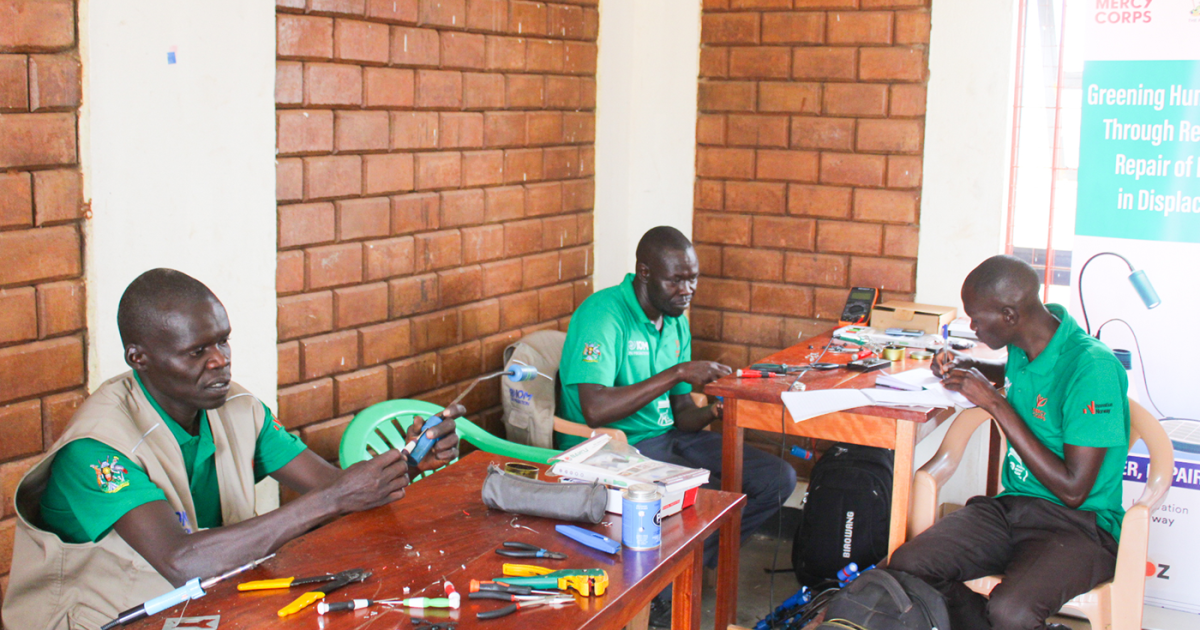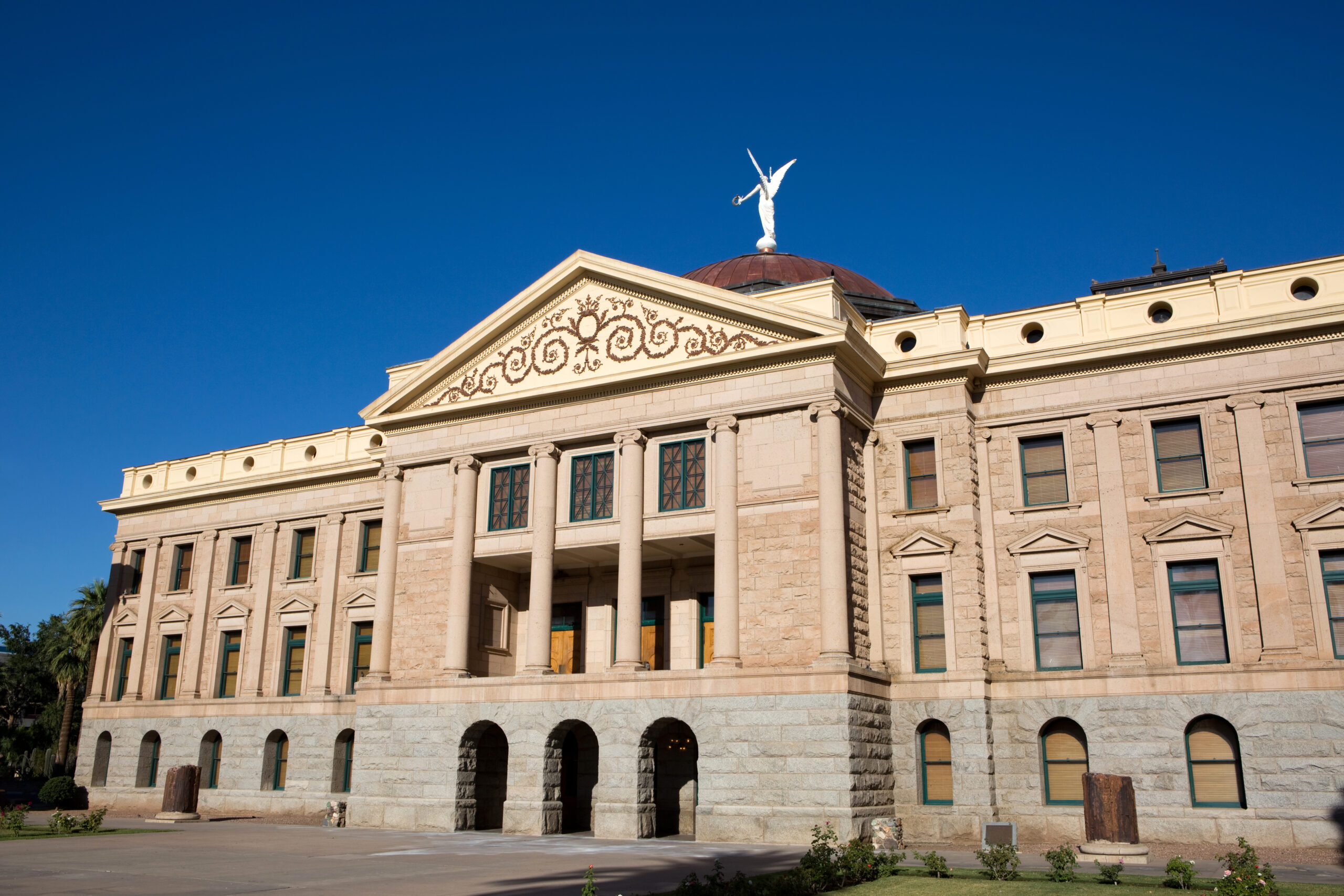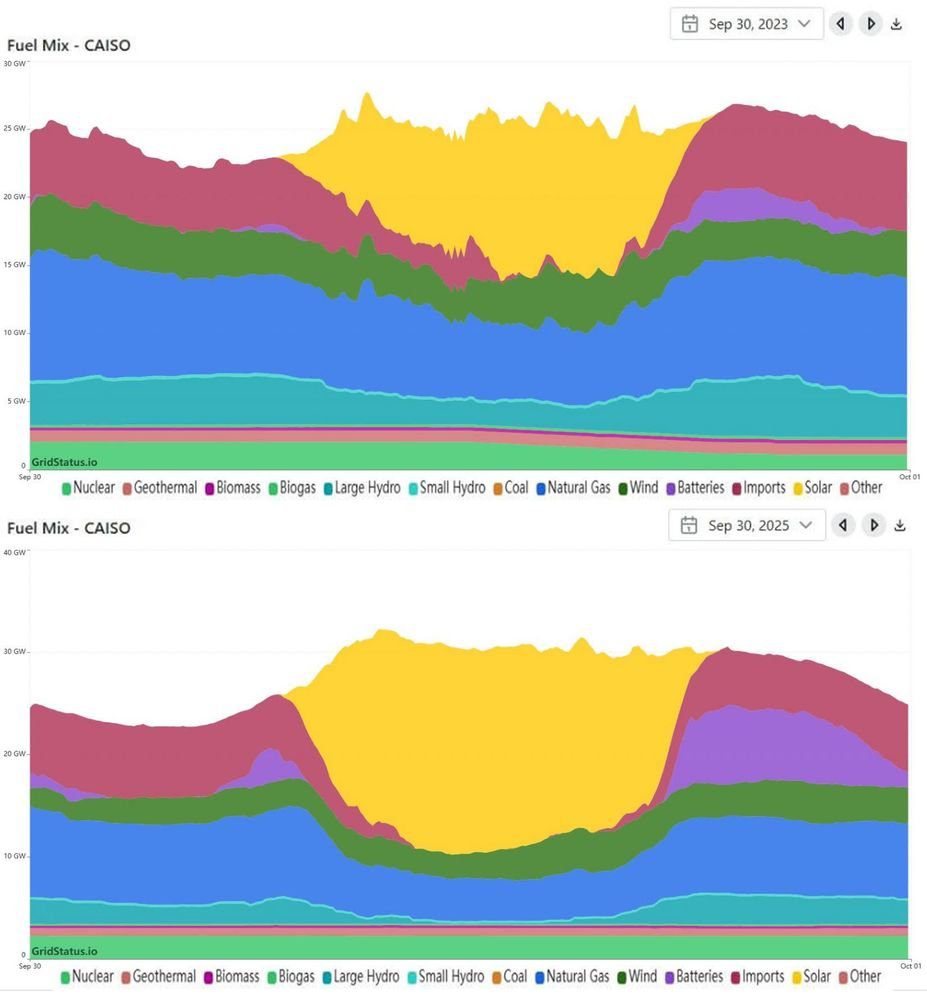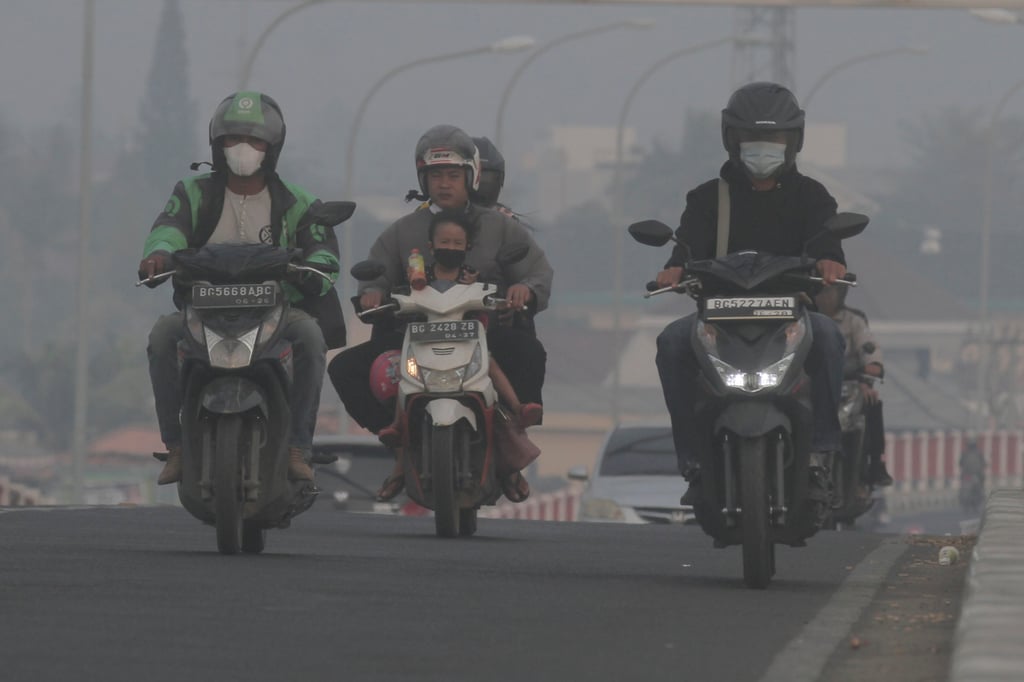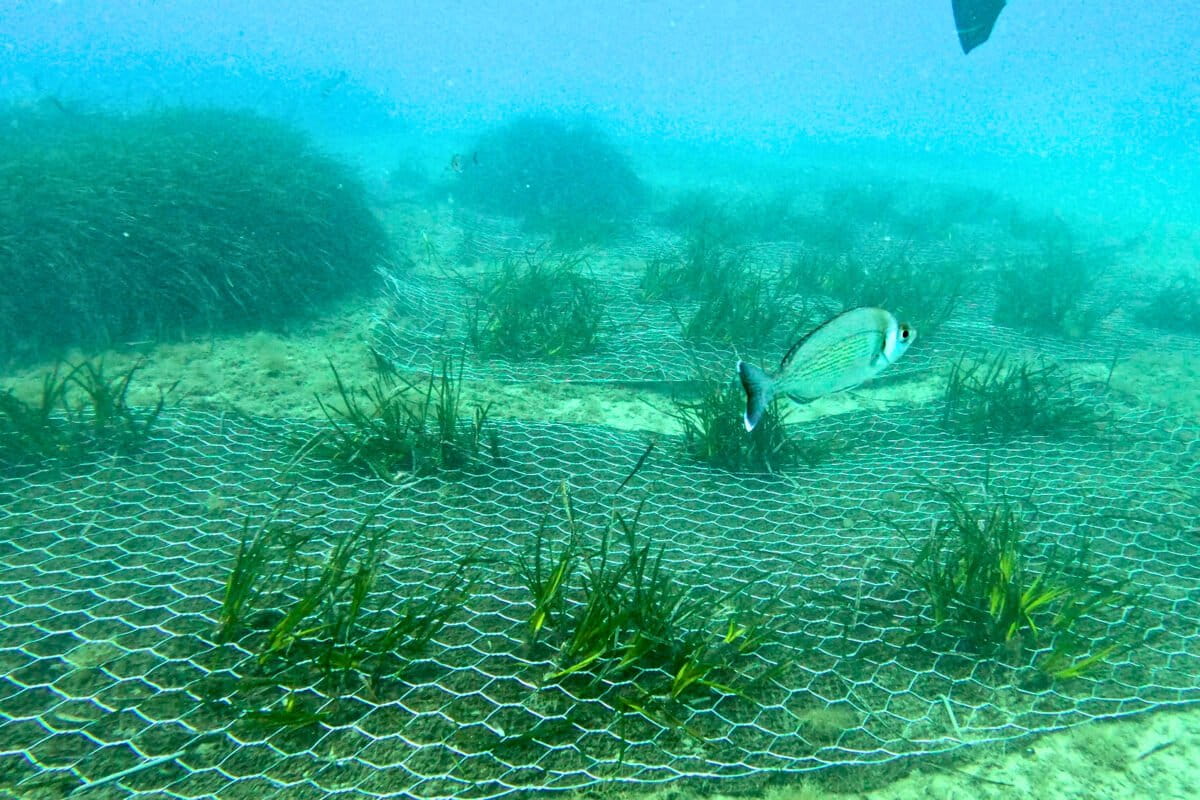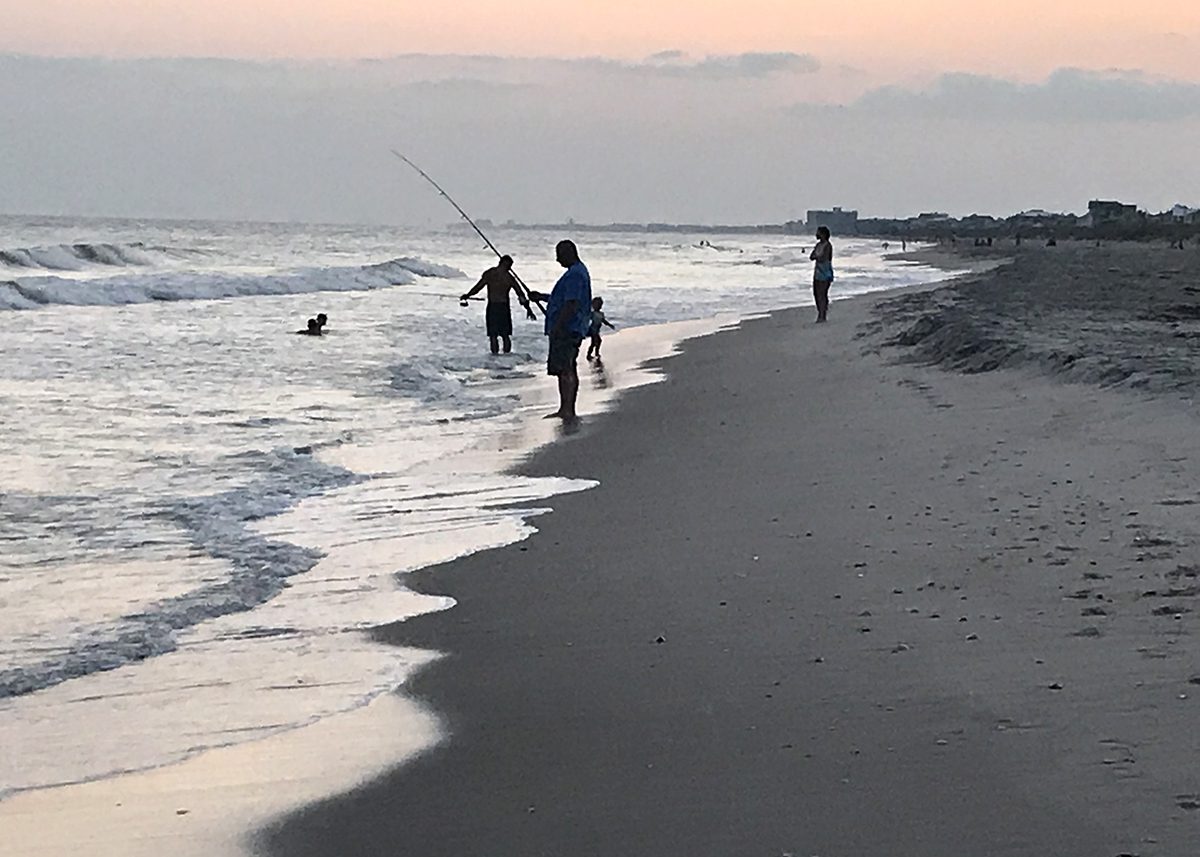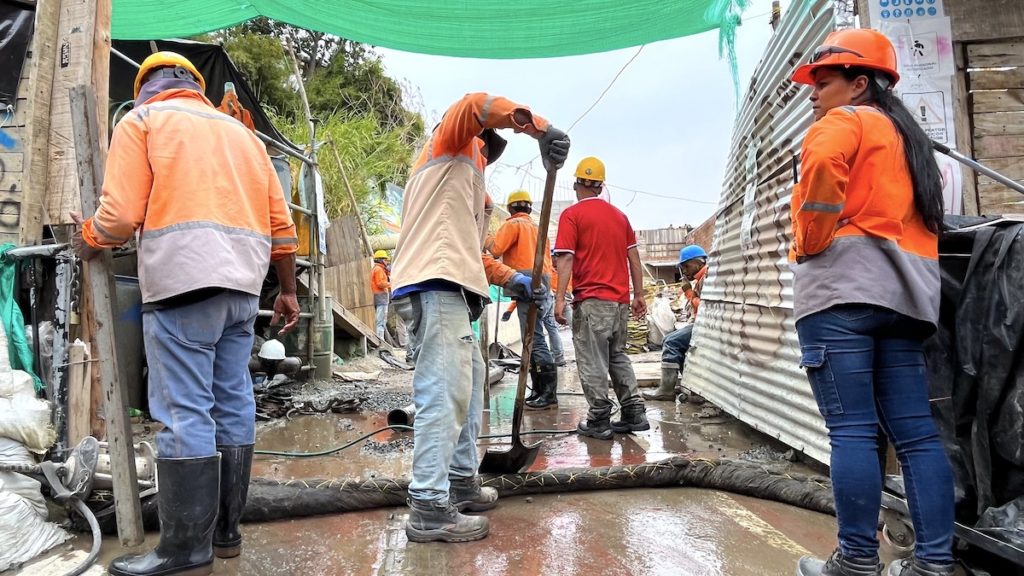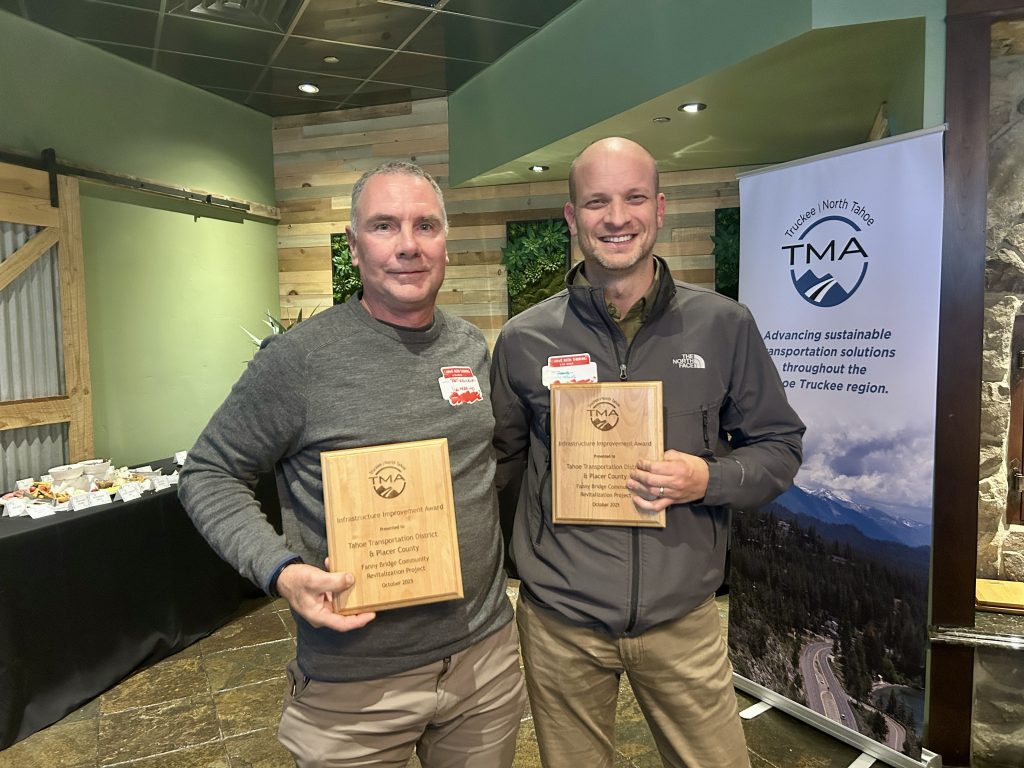Ireland testing kites to harness wind power – Taipei Times

Report on Airborne Wind Energy Initiative in Ireland and its Alignment with Sustainable Development Goals
Introduction: A Novel Approach to Renewable Energy
In a significant step towards advancing global sustainability targets, researchers in Ireland are testing an innovative Airborne Wind Energy (AWE) system. A project led by the Dutch firm Kitepower, a spin-off from Delft University of Technology, utilizes large kites to harness high-altitude winds for electricity generation. This initiative, located at a dedicated test site in Bangor Erris, directly supports the achievement of several United Nations Sustainable Development Goals (SDGs), particularly SDG 7 (Affordable and Clean Energy) and SDG 13 (Climate Action), by pioneering a new form of zero-emissions power.
Technological Framework and Operational Capacity
The system, operational since September 2023, represents a key innovation in renewable energy infrastructure, contributing to SDG 9 (Industry, Innovation, and Infrastructure).
System Mechanics
- Kite Unit: A 60-square-meter kite is tethered by a high-strength cable to a ground-based generator.
- Energy Generation: The kite operates in a “yo-yo” motion, flying up to an altitude of approximately 400 meters and reeling back to 190 meters. This repeated action pulls on the tether, spinning a dynamo within the generator to produce electricity.
- Power Output: A single kite system can generate approximately 30 kilowatts of power, with the capacity to fully charge a 336-kilowatt-hour battery storage unit.
- Autonomous Operation: The flight path is managed by advanced software to maximize efficiency, with ground-based pilots monitoring performance.
Alignment with Sustainable Development Goals (SDGs)
The Kitepower project is a practical application of sustainable development principles, with significant contributions across multiple SDGs.
SDG 7: Affordable and Clean Energy
The initiative directly addresses SDG 7 targets by:
- Increasing the share of renewable energy in the power generation mix.
- Providing a viable energy solution for remote and off-grid locations, such as small islands, polar stations, or temporary construction sites, thereby enhancing access to reliable and modern energy.
- Offering a scalable model where additional kites can be deployed to meet larger energy demands.
SDG 9: Industry, Innovation, and Infrastructure
The project is a prime example of technological innovation for sustainable development:
- It introduces a disruptive technology that could revolutionize the wind energy sector.
- The system’s mobility and rapid 24-hour deployment time represent a new form of flexible and resilient infrastructure, requiring minimal ground foundation compared to traditional wind turbines.
SDG 13: Climate Action
As a zero-emissions energy source, the AWE system is a critical tool for climate change mitigation. It supports national and international climate targets, such as Ireland’s goal to achieve 20 gigawatts of offshore wind energy by 2040, by providing an alternative to fossil fuels.
SDG 11 and SDG 17
The project also supports other goals by enhancing community resilience (SDG 11) through reliable power during extreme weather events, as demonstrated during Storm Eowyn, and fostering international partnerships for sustainable technology (SDG 17) between Dutch innovators and Irish test facilities.
Strategic Advantages and Future Outlook
Key Benefits
- Mobility and Flexibility: The system can be transported and set up anywhere within 24 hours.
- Reduced Environmental Impact: AWE systems are less invasive on the landscape and do not require the extensive supply chains associated with fossil fuels.
- Proven Resilience: The system successfully provided uninterrupted power during Storm Eowyn in January, highlighting its reliability when conventional grids fail.
Challenges and Projections
While the technology shows immense promise, its widespread adoption faces challenges related to regulation, safety protocols, and long-term system reliability. However, experts like Mahdi Salari, an AWE researcher at University College Cork, project that AWE systems could make a meaningful contribution to diversified and distributed renewable energy networks by the 2030s. They are seen as particularly suitable for locations where logistical or cost constraints hinder the deployment of traditional wind turbines, thus playing a crucial role in achieving a comprehensive clean energy transition in line with the SDGs.
1. Which SDGs are addressed or connected to the issues highlighted in the article?
-
SDG 7: Affordable and Clean Energy
The article’s central theme is the development of a new method for generating renewable electricity using giant kites. This directly supports the goal of ensuring access to affordable, reliable, sustainable, and modern energy for all. The project is described as a “revolution in wind energy” and aims to provide “zero-emissions energy solutions,” which is the core of SDG 7.
-
SDG 9: Industry, Innovation and Infrastructure
The article highlights a significant technological innovation—an airborne wind energy (AWE) system developed as a “spin-off from the Delft University of Technology.” This focus on research, development, and the creation of new, sustainable technology (“way less invasive on the landscape”) aligns with SDG 9’s aim to build resilient infrastructure, promote inclusive and sustainable industrialization, and foster innovation.
-
SDG 13: Climate Action
The primary motivation for this new energy technology is to “cut its reliance on fossil fuels such as oil and gas.” By developing an alternative to traditional energy sources, the project contributes to mitigating climate change. The article also mentions the Irish government’s ambitious targets for wind energy, reflecting national efforts to combat climate change, which is central to SDG 13.
2. What specific targets under those SDGs can be identified based on the article’s content?
-
SDG 7: Affordable and Clean Energy
-
Target 7.2: By 2030, increase substantially the share of renewable energy in the global energy mix.
The article directly addresses this target by discussing a new form of renewable energy. It mentions that “Irish wind farms last year provided about one-third of the country’s electricity,” and this new kite technology is presented as a way to further increase that share.
-
Target 7.a: By 2030, enhance international cooperation to facilitate access to clean energy research and technology… and promote investment in energy infrastructure and clean energy technology.
The project is a collaboration between “Kitepower, the Dutch firm behind the venture,” which is a “spin-off from the Delft University of Technology,” and a test site in Ireland. This international partnership to develop and test new clean energy technology is a clear example of this target in action.
-
Target 7.2: By 2030, increase substantially the share of renewable energy in the global energy mix.
-
SDG 9: Industry, Innovation and Infrastructure
-
Target 9.4: By 2030, upgrade infrastructure and retrofit industries to make them sustainable, with increased resource-use efficiency and greater adoption of clean and environmentally sound technologies…
The kite system is described as a “clean” and “zero-emissions” technology that is “way less invasive on the landscape” and doesn’t require “expensive, time and energy-consuming turbine foundations.” This represents the development and adoption of a more sustainable and environmentally sound technology compared to existing options.
-
Target 9.5: Enhance scientific research, upgrade the technological capabilities of industrial sectors in all countries… encouraging innovation…
The article is centered on scientific research and innovation. It mentions “researchers,” “software developed at the university,” and quotes an “AWE researcher at University College Cork.” The entire project is an effort to advance technological capabilities in the renewable energy sector.
-
Target 9.4: By 2030, upgrade infrastructure and retrofit industries to make them sustainable, with increased resource-use efficiency and greater adoption of clean and environmentally sound technologies…
-
SDG 13: Climate Action
-
Target 13.2: Integrate climate change measures into national policies, strategies and planning.
The article explicitly states that “The Irish government has set ambitious targets for offshore wind energy to deliver 20 gigawatts of energy by 2040 and at least 37 gigawatts by 2050.” This is a direct example of a national government integrating renewable energy goals, which are a key climate change mitigation measure, into its long-term planning.
-
Target 13.2: Integrate climate change measures into national policies, strategies and planning.
3. Are there any indicators mentioned or implied in the article that can be used to measure progress towards the identified targets?
-
Indicators for Target 7.2 (Increase renewable energy share)
- Renewable energy generation capacity: The article mentions specific figures that can be used as indicators, such as the kite system “generating about 30 kilowatts” and the Irish government’s targets of “20 gigawatts of energy by 2040 and at least 37 gigawatts by 2050.”
- Share of wind energy in the electricity mix: The article provides a baseline indicator by stating, “Irish wind farms last year provided about one-third of the country’s electricity.”
-
Indicators for Target 7.a (International cooperation and investment in clean energy)
- International collaboration in renewable energy R&D: The project itself serves as an indicator, being a joint effort between a Dutch firm (Kitepower) and a test site in Ireland.
-
Indicators for Target 9.4 (Adoption of clean technologies)
- Development of environmentally sound technologies: The kite system, described as a “zero-emissions energy solution” that is “super mobile” and “less invasive on the landscape,” is an indicator of progress in creating cleaner infrastructure.
-
Indicators for Target 9.5 (Enhance scientific research)
- Investment in technology and innovation: The existence of a dedicated “airborne renewable energy test site” and the project being a “spin-off from the Delft University of Technology” imply investment in research and innovation.
-
Indicators for Target 13.2 (Integrate climate measures into policy)
- Adoption of national renewable energy targets: The Irish government’s specific, long-term targets for offshore wind energy (“20 gigawatts… by 2040 and at least 37 gigawatts by 2050”) are a direct indicator of this policy integration.
4. Summary Table of SDGs, Targets, and Indicators
| SDGs | Targets | Indicators Identified in the Article |
|---|---|---|
| SDG 7: Affordable and Clean Energy |
7.2: Increase substantially the share of renewable energy in the global energy mix.
7.a: Enhance international cooperation to facilitate access to clean energy research and technology. |
– Renewable energy generation capacity (30 kilowatts from the kite; 20 GW by 2040 government target). – Share of wind energy in electricity supply (“one-third of the country’s electricity”). – International R&D collaboration (Dutch firm testing in Ireland). |
| SDG 9: Industry, Innovation and Infrastructure |
9.4: Upgrade infrastructure and adopt clean and environmentally sound technologies.
9.5: Enhance scientific research and upgrade technological capabilities. |
– Development of a “zero-emissions” and “less invasive” energy system. – Existence of a dedicated “airborne renewable energy test site.” – Project is a “spin-off from the Delft University of Technology,” indicating research commercialization. |
| SDG 13: Climate Action | 13.2: Integrate climate change measures into national policies, strategies and planning. | – Adoption of national policies with specific renewable energy goals (Irish government’s targets for 2040 and 2050). |
Source: taipeitimes.com

What is Your Reaction?
 Like
0
Like
0
 Dislike
0
Dislike
0
 Love
0
Love
0
 Funny
0
Funny
0
 Angry
0
Angry
0
 Sad
0
Sad
0
 Wow
0
Wow
0







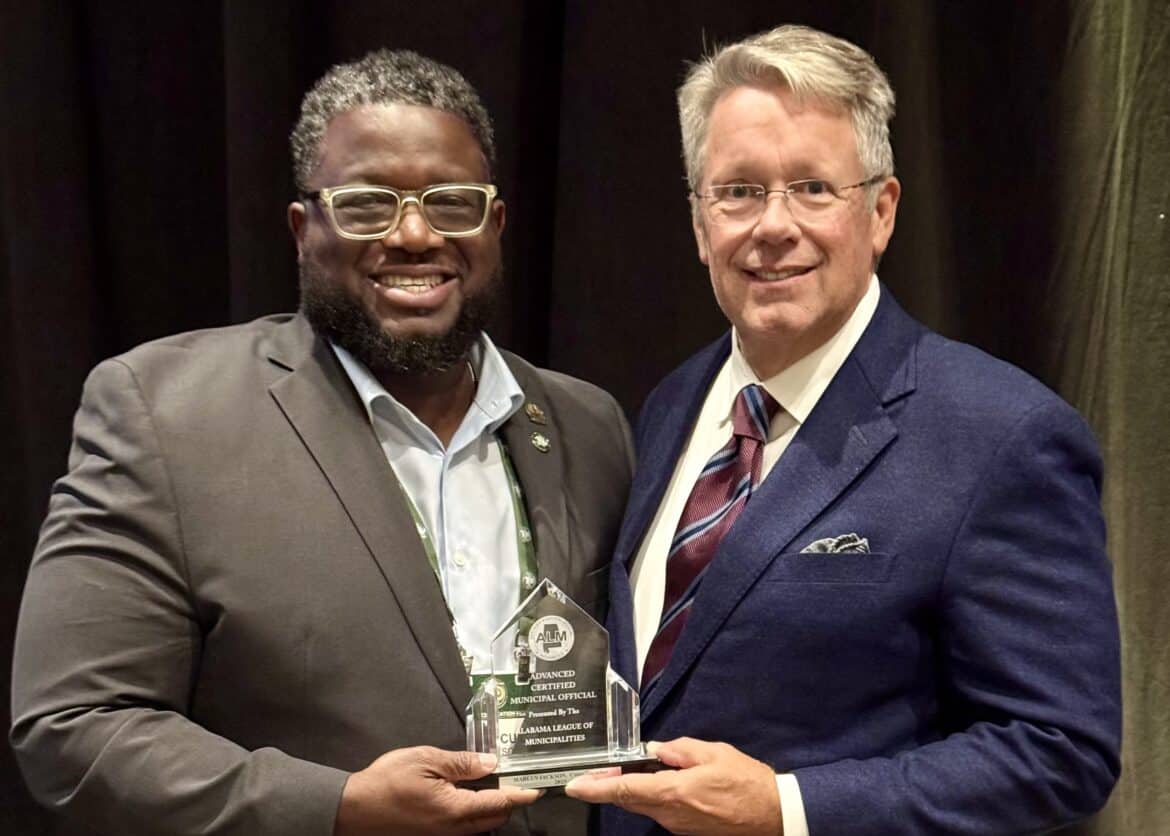







;Resize=805#)








